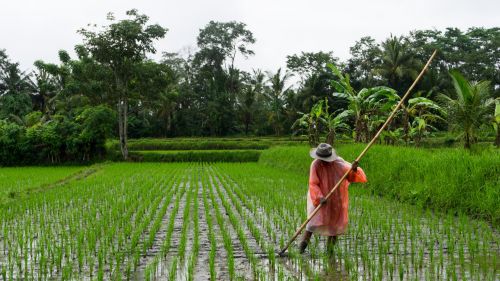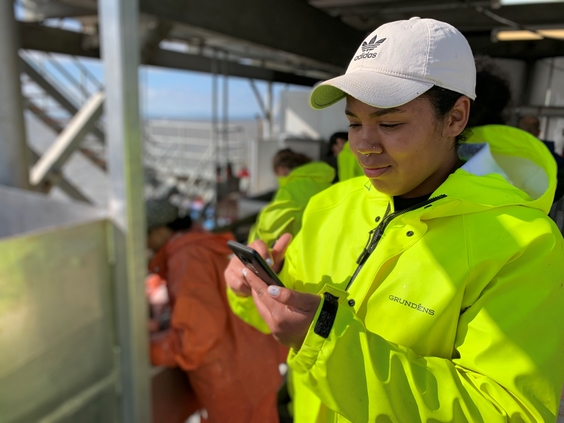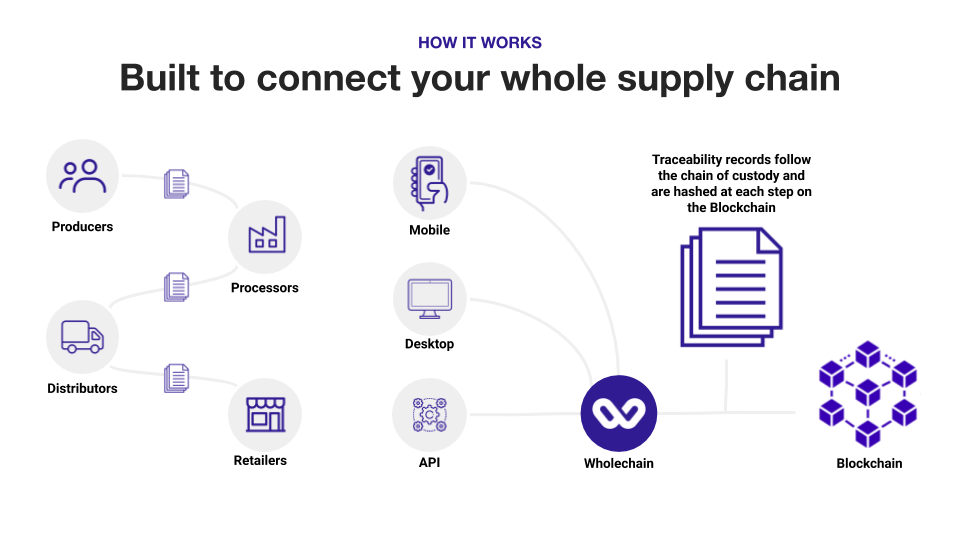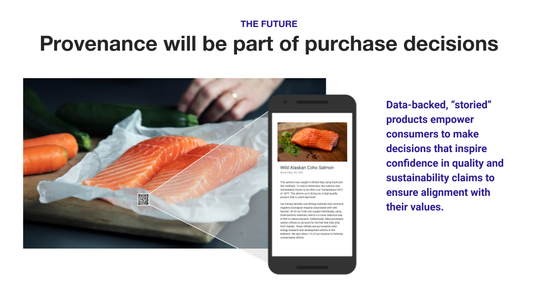Known Origins - What Traceability is and Why it Matters for Your Plate

Traceability—the ability to identify and trace the history, distribution, location and application of products, parts and materials—ensures the reliability of sustainability claims in the areas of human rights, labor, the environment, and anti-corruption.
Traceability
In A Guide to Traceability, A Practical Approach to Advance Sustainability in Global Supply Chains, the United Nations Global Compact and Business for Social Responsibility (BSR) use a hybrid of the widely accepted definition of traceability from the International Organization for Standardization (ISO), along with the added key component of a sustainability focus as:
The ability to identify and trace the history, distribution, location, and application of products, parts, and materials, to ensure the reliability of sustainability claims, in the areas of human rights, labor (including health and safety), the environment, and anti-corruption.
Traceability requires a system to follow commodities through different stakeholder processes and transfers of custody across supply chains. Such a system must be able to facilitate information sharing between stakeholders in order to validate claims such as provenance, quality, safety, and nutrition. However, traceability and transparency are often mistakenly used interchangeably. Supply chain transparency has the explicit goal of making data and information transparently available and is independent from, but coupled with, traceability. Fully traceable supply chains can remain opaque if the stakeholders choose not to share data. Further, storytelling content about products is often disconnected from traceability data.
Many organizations have recently started to highlight the importance of traceability within our food systems. The United Nations Global Compact has listed fully traceability supply chains as a tipping point for sustainable oceans. Food harvested from the Ocean can be produced with a low carbon-footprint. The Food & Agriculture Organization (FAO) of the United Nations’ The State of World Fisheries and Aquaculture 2018 highlight the importance of fisheries and aquaculture for the sustenance and income of millions of people, many struggle to maintain livelihoods. The FAO report contains critical inputs when considering production mechanisms capable of meeting global demand for food with sustainability at its core.
- Demand: Between 1961 and 2016, the average annual increase in global food fish consumption (3.2 percent) outpaced population growth (1.6 percent) and exceeded that of meat from all terrestrial animals combined (2.8 percent).
- Trade: Of all animal protein commodities, fish and fish products are among the most traded in terms of value and the most subject to competition from imported products.
- Employment: Many millions of people around the world find a source of income and livelihood in the fisheries and aquaculture sectors. In 2016, 59.6 million people were engaged in the primary sector of capture fisheries and aquaculture.
- Environment: According to the World Resource Institute’s protein scorecard wild-caught fish feed and grow on their own have the lowest emissions among animal proteins. Fish-eaters (who consumed no other meat) have nearly the same emissions profile of strict vegetarians, differing by about 1 percent.
In addition to the growing importance that leading organizations are putting on traceable food systems, consumers are demanding traceability and transparency. According to an article featuring data from Label Insight and the Food Marketing Institute states that consumers increasingly demand transparency and a closer connection to their food. So much so that 75 percent of consumers are more likely to switch to a brand that provides more in-depth product information, beyond what’s provided on the physical label. In 2016, just 39 percent said they would switch brands.

The demand for information is driven by the crisis of confidence consumers have developed due to the practices across the food system. In early 2019, New York State’s Attorney General released the report Fishy Business: Seafood Fraud and Mislabeling in New York State Supermarkets. Office of the Attorney General purchased seafood based on availability at 155 locations across 29 supermarket brands, targeting seafood from nine distinct categories, including red snapper, snapper (varieties other than red), grouper, cod, wild salmon (including chum, Coho, sockeye, and king), halibut, lemon sole, sole (varieties other than lemon), striped bass, and white tuna. New York City had a staggering mislabeling rate (42.65 percent), Long Island (40.63 percent), Westchester and Rockland Counties (32.43 percent), across all samples. More than one in four (26.92 percent) seafood purchases with an identifiable barcode was mislabeled.
Envisible’s mission is to bring visibility to global food systems and supply chains. We do this by leveraging Wholechain with sourcing and procurement to share traceability data and enable storytelling experiences about the sustainability of our seafood supply chains; starting with Northline Seafoods’ Ultra-Low Temperature Sockeye Salmon and Del Pacifico Sailboat-caught Wild Blue Mexican Shrimp in partnership with Fair Trade. Wholechain is a mobile-first blockchain-based traceability system that connects data with products across the chain of custody. Unique data records and the associated products are accepted together to maintain connection across custody exchanges.

Envisible has also established a partnership with BSR to reapply Wholechain from seafood across commodities. BSR introduces our work in the first of a blog series covering the progress of our partnership Blockchain through the Whole Supply Chain. Our partnership goal is to establish a blockchain-enabled traceable supply chain that delivers sustainability benefits to all the actors in the supply chain. Blockchain technology can allow all of the supply chain actors—from farmer to cooperative to buyer to brand – to participate on more equal terms, to shake hands virtually, to agree on what has happened with an immutable record, and to see where things have been and where they are going.


